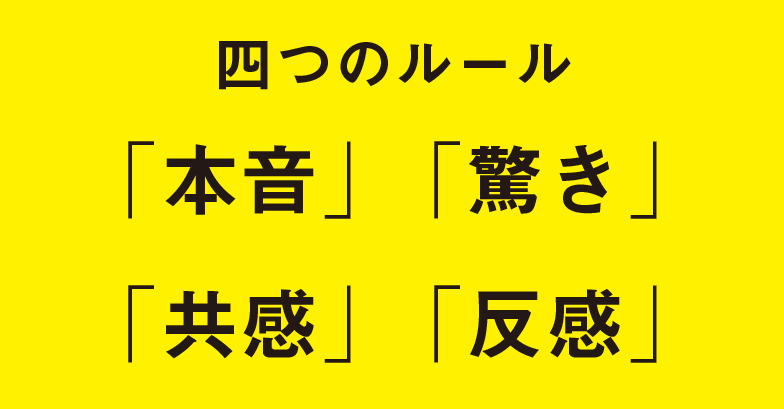Hello, I'm Yukio Hashiguchi, a copywriter. In April, I published a book titled "Copy That Gets Shared a Million Times." As the title suggests, it analyzes copy that gets shared online, based on real-world examples. In this series, I'll also introduce the book while explaining web copy across five installments.
Imagine this: you've suddenly become a web video creator.
You pour your heart into planning, get it checked by the creative director, and present it to the client. Your proposal is selected from many, you thoroughly incorporate the client's feedback, juggle the budget, and hire a renowned director. You push through tough shoots and long editing sessions, and the main film is complete. You meticulously review every word of the press release, ensuring no PR detail is overlooked. After overcoming countless challenges, the video is finally released! It triumphantly hits 1 million views! KPI achieved! Hooray! Hooray!... or so you might think.
But behind the scenes, it's commonplace for a cat video shot on a smartphone by an ordinary person—made in 5 minutes with zero budget—to rack up 10 million views.
It's not just advertising. Whether you're a big-name Hollywood director or a popular musician, you simply can't beat cats anymore. The old rules don't apply in the world of the web. So, how can you create a hit project?
I believe copywriting is the most effective tool on the web. The reason is simple: the web is overwhelmingly a medium of words. In 2014, the number of tweets per day worldwide reached 660 million. ※In fact, there are examples where words from personal blogs were shared repeatedly, becoming social phenomena.
※BUSINESS INSIDER
However, the web's history is short, and we still don't systematically understand what kind of copy hits big. Most people seem to be groping around, planning projects while being tossed about by ever-changing trends. This approach not only fails to create hits but even risks causing backlash. We need to understand the "new rules" of copy on the web.
Four Immediately Actionable Web Copy Rules
In Japan, the Great East Japan Earthquake on March 11, 2011, is said to have accelerated the spread of social media. What we learned then was the act of "sharing." Information about transportation infrastructure, evacuation details, and the like sparked a desire not to keep it to ourselves, but to share it with everyone.
When blogs first appeared, they were hailed as enabling individuals to easily share information. However, only those with a strong theme and motivation could effectively use blogs to disseminate information. Naturally, writing skills were also required. Sharing existing information is far simpler. It was only with this shift from "publishing" to "sharing" that the web truly became a communication infrastructure accessible to everyone. Shared information spreads autonomously, potentially creating explosive buzz. For web copy and planning, the perspective of "Will people want to share this?" is indispensable.
Though this is the first installment, I'll state the conclusion now. Analyzing past cases reveals that most shareable copy follows these "four rules":




